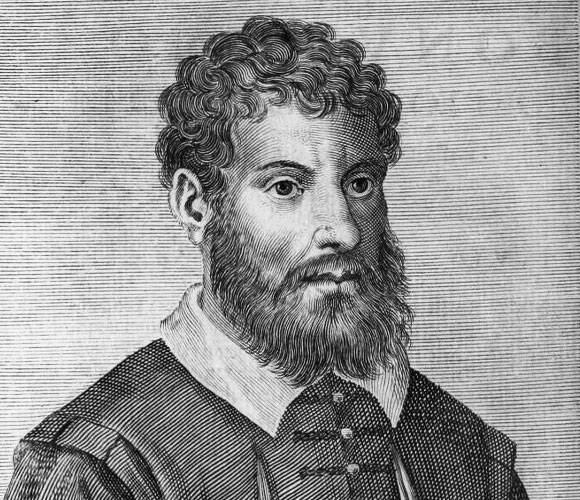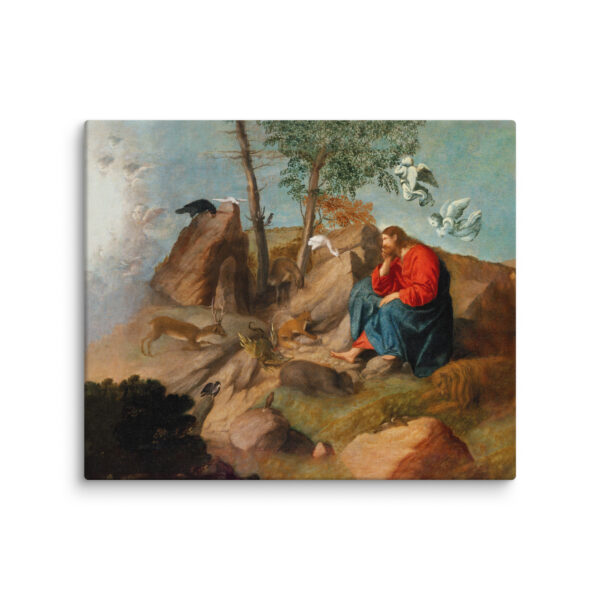Moretto da Brescia

Moretto da Brescia, born Alessandro Bonvicino around 1498, was a prominent Italian Renaissance painter known for his refined portraits and religious works. Hailing from Brescia, he was deeply influenced by the Venetian school, particularly the works of Titian and Giorgione, which is evident in his use of rich color and delicate chiaroscuro. Moretto’s paintings, such as “Saint Justina of Padua with the Unicorn” and “The Assumption of the Virgin,” showcase his mastery in combining detailed realism with a serene and contemplative quality.
His religious compositions often feature a harmonious blend of figures and landscapes, creating a tranquil, devotional atmosphere. Moretto’s portraits, like “Portrait of a Gentleman,” are celebrated for their psychological depth and subtle representation of the sitters’ character, demonstrating his keen observation skills and sensitive brushwork. He was also a key figure in the Brescian school of painting, influencing numerous artists, including his pupil Girolamo Romanino.
Moretto’s work is notable for its calm, contemplative style, reflecting a transition from the early Renaissance’s clarity to the more emotional Baroque. Today, his paintings are appreciated for their exquisite craftsmanship and serene beauty, cementing his legacy as one of the leading artists of the Italian Renaissance.
Paintings from Moretto da Brescia
-

Christ in the Wilderness
Price range: 29,00 € through 39,00 €This product has multiple variants. The options may be chosen on the product page